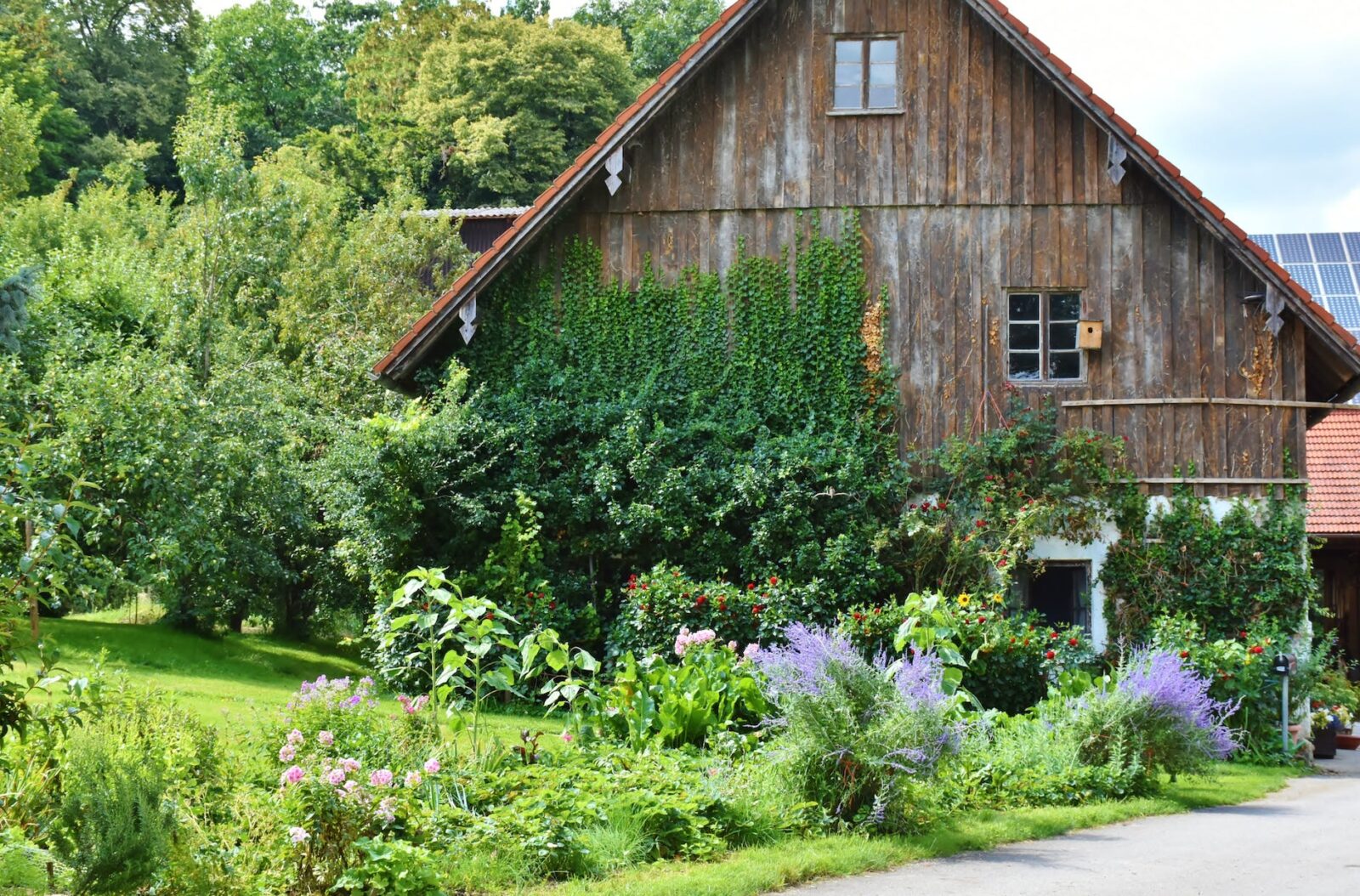PLANT SYMBIOSIS: Cultivating a Community for Mutual Support and Growth

Anselm Adodo is the Director of Africa Centre for Integral…
Plant symbiosis is a fascinating phenomenon that occurs in nature. It demonstrates the incredible power of teamwork and interdependence as plants form intricate alliances to support one another, share nutrients, and enhance their overall well-being. We can learn valuable lessons from these connections and apply them to our lives and communities. Let’s explore the captivating world of plant cooperation and discover what it can teach us.
Plants have discovered that working together can yield remarkable results. One example is the symbiotic relationship between beans and nitrogen-fixing bacteria, which benefits both parties. Beans provide a suitable habitat for these bacteria to thrive in their root clusters. In return, the bacteria convert nitrogen from the air into a form that plants can utilize. This beneficial exchange enhances the growth of beans and enriches the surrounding soil, thereby benefiting other plants as well. We can all thrive by fostering collaboration and understanding that assisting others strengthens the entire group.

Plants have developed effective ways to share nutrients, enabling them to also exchange knowledge. Older and stronger plants often allocate surplus nutrients to younger or weaker plants, ensuring the collective health of the group. People can learn the value of helping one another by sharing resources and information. This fosters a better society where everyone can prosper.
Plants compete for resources such as sunlight and water, but they also recognize the advantages of working together. Through a process known as “allelopathy,” certain plants release chemicals that inhibit the growth of competing species while aiding other plants’ growth.
Achieving sustainable growth requires striking a balance between competition and teamwork. This serves as a reminder to embrace healthy competition while offering assistance and support to others.
Plant symbiosis thrives when various species coexist, each contributing its own unique benefits to the group. Companion planting, where specific plants are intentionally grown together, exemplifies how diverse elements can foster growth. For instance, planting marigolds alongside vegetables acts as a natural deterrent for harmful bacteria, reducing the need for excessive insecticides. Embracing diversity within our own communities can enhance resilience, creativity, and flexibility, as different perspectives and skills are vital to our collective success.
Our farmers will receive further guidance on companion planting techniques next week, which will prove invaluable. Utilizing companion planting methods is healthier and more sustainable compared to relying solely on fertilizers for organic farming.
What's Your Reaction?
Anselm Adodo is the Director of Africa Centre for Integral Research and Development, Nigeria and founder of Arica's foremost herbal research Institute, the Pax Herbal Clinic and Research Laboratories (Paxherbals). His research interest is Phytomedicine, Taxonomy of African medicinal plants, indigenous knowledge systems, rural community development, Africanized economic models, health policy reform, and education transformation in Africa. Apart from publications in journals, magazines, national dailies and peer-reviewed journals, Anselm has written more than ten books. He is an adjunct visiting lecturer at the Institute of African Studies, University of Ibadan, Nigeria, an Adjunct Research Fellow of the Nigerian Institute of Medical Research, a Fellow of the Nigerian Society of Botanists, a Research Associate at the University of Johannesburg, South Africa, and an adjunct professor at Morehouse School of Medicine, Atlanta, Georgia, USA.

















